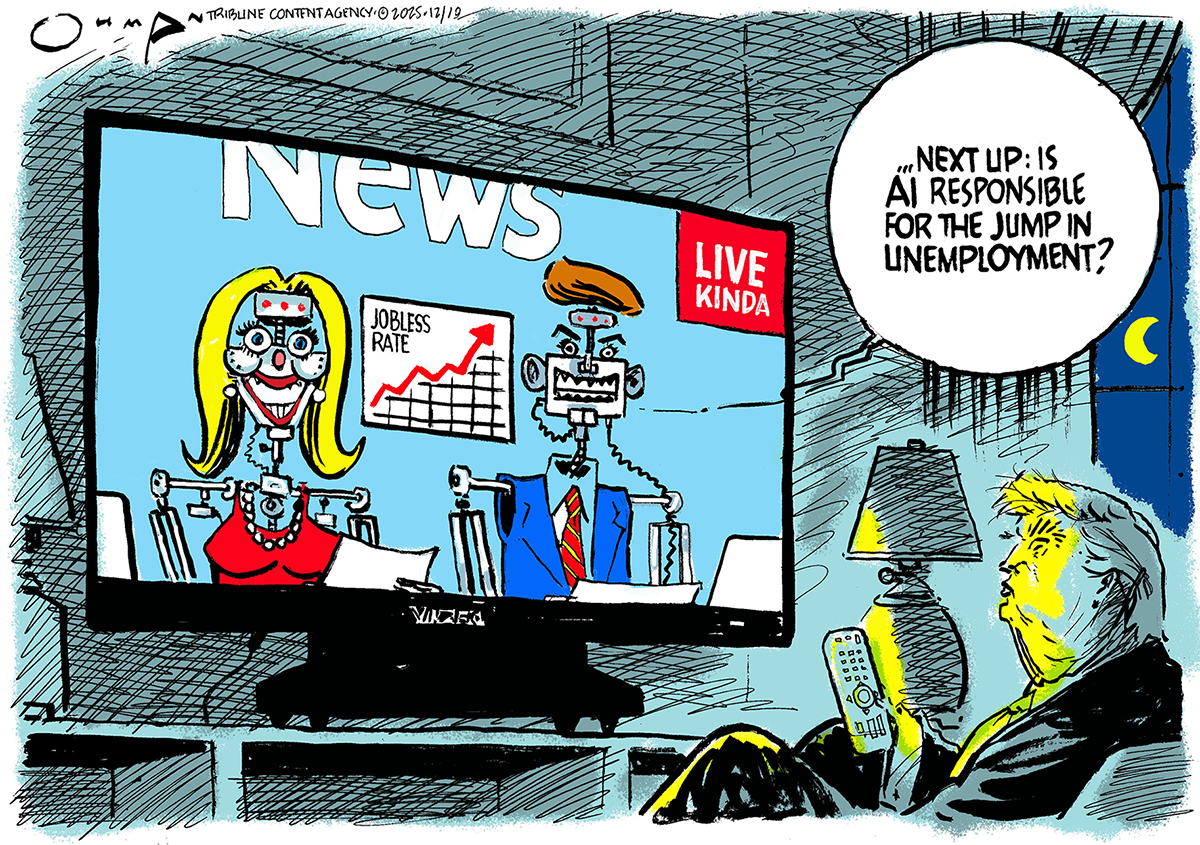California’s fires: Trouble in paradise
The inferno has been contained, said Mike Anton in the Los Angeles Times, but the fallout has barely begun. As the devastating wildfires of Southern California were brought under control this week, millions of dazed residents struggled to come to terms wi
The inferno has been contained, said Mike Anton in the Los Angeles Times, but the fallout has barely begun. As the devastating wildfires of Southern California were brought under control this week, millions of dazed residents struggled to come to terms with the scope of the disaster. In all, 24 separate blazes from the Simi Valley to the Mexican border destroyed nearly 3,000 structures and more than half a million acres. Seven people died; thousands were left homeless, confused, and distraught. I lived through eight fires out here and I’ve never seen anything like this, Mark Jackson said as he watched his century-old home in Modjeska Canyon burn to the ground, while helpless firefighters were held back by a wall of flames and intense heat. Why can’t you do anything? he asked them.
If Californians are looking to assign blame, said Katharine Mieszkowski in Salon.com, they should start with our national policy of fire suppression. Periodic forest fires are a natural part of the ecosystem, thinning out vegetation and germinating new growth. But for a century, it’s been standard practice to stamp out all fires, no matter how small. This, some scientists say, has left southern California’s low brush full of fuel—old, dead branches and leaves—that easily ignites. The problem, of course, is that controlled burning of the fuel isn’t exactly popular in California, where the population has tripled since 1950 and 50 percent of the new housing has been built in severe fire zones. There is zero tolerance for fire in Southern California, said Richard Halsey, a biologist and firefighter, and that’s never going to change.
Now we’re paying the price for our hubris, said Janet Fitch in The Washington Post. Intoxicated by the sunshine, the sea, and the mountains, we Californians thought we could ignore nature, pave over the land, and roll out our pre-grown lawns, building our homes farther into the brush-covered hills, deeper and deeper into the funneled canyons. But Southern California was meant to burn. It’s a region of relentless sunshine, flammable chaparral, and hot, 70-mph Santa Ana winds that come hissing across the desert from Colorado and Utah. To live here, you have to accept the very real risk that your home will be incinerated, just as those who live in New Orleans know that they could be inundated by the next hurricane. This week, as we returned to our charred neighborhoods, most Californians were no longer in denial. We should not be here. That’s what this land is telling us.
The Week
Escape your echo chamber. Get the facts behind the news, plus analysis from multiple perspectives.

Sign up for The Week's Free Newsletters
From our morning news briefing to a weekly Good News Newsletter, get the best of The Week delivered directly to your inbox.
From our morning news briefing to a weekly Good News Newsletter, get the best of The Week delivered directly to your inbox.
A free daily email with the biggest news stories of the day – and the best features from TheWeek.com
-
 Appetites now: 2025 in food trends
Appetites now: 2025 in food trendsFeature From dining alone to matcha mania to milk’s comeback
-
 Political cartoons for December 19
Political cartoons for December 19Cartoons Friday’s political cartoons include unemployment rates, taunts and prayers, and more
-
 Who is paying for Europe’s €90bn EU loan?
Who is paying for Europe’s €90bn EU loan?Today’s Big Question Kyiv secures crucial funding but the EU ‘blinked’ at the chance to strike a bold blow against Russia